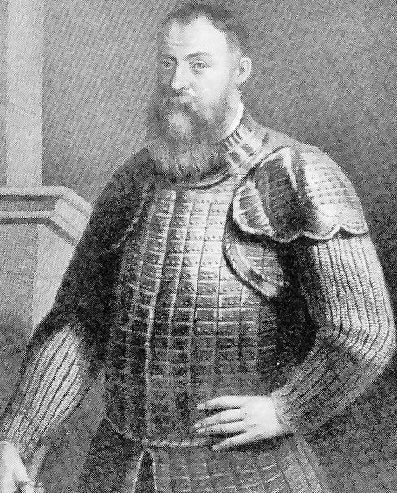Some short time ago we concluded our account of the sixteenth century history of Newry and of the Bagenals’ role in it in particular. Before we enter the fateful seventeenth century, we should perhaps reflect again on the results of ‘The Last Conquest of Ireland’ in the words of our own John Mitchel.
We should also put this in context. The Irish had been completely routed at Kinsale (1601) and the Great O’Neill was preparing for total submission to the Queen’s Deputy to
It would not be long before Hugh, with his large entourage, would head that sorry event that has gone down in history as the ‘Flight of the Earls’.
‘From this day,’ writes John Mitchel in his Last Conquest of Ireland, ‘the distinction of ‘Pale’ and ‘Irish Country’ was at an end. The authority of the Kings of England and their Irish Parliaments became for the first time paramount over the whole of
But the Irish nation is an undying essence, and that noble struggle paused for a season only to recommence in other forms and on wider ground – to be renewed.
The Seven Years War had left
On 2 March 1605 Letters Patent were passed granting Sir Richard Trevor the governorship of Newry, Carlingford, Mountnorris and the Moyry, with extensive powers. He was not owner but he was in charge. He was not greatly enamoured of his new position and in late 1606 he left to return to his family seat in
By this time Arthur Bagenal, son of Henry and grandson of Nicholas, had come of age and entered into his father’s property. He married Sir Richard Trevor’s daughter Magdalen and in the same year executed a deed settling his estates to their joint use and those of their successors (male) with ultimate remainder to his own right heirs ‘for ever’.
…
In this case ‘for ever’ lasted barely a century, the male Protestant line eventually running out of successors! Of course, as you know from this site, there were many Bagenals who espoused the old religion, but they were ignored or punished!
… Dr Black …
